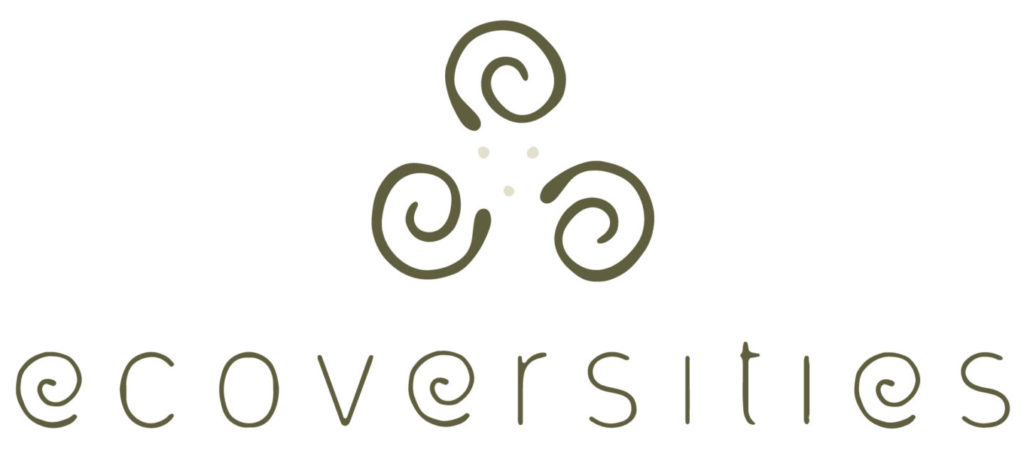By Alessandra Pomarico with Kū Kahakalau and Kate Morales
Okiciya makiyokipi na iyuteya, cuke wayokapi, mitakuye oyasin.
Help each other acclimatize and adjust, because the truth is, we are all related.
— Lakota saying shared by Wahinkpe Topa (Four Arrows)
Together, to gather, to get there. To become one in many, a multitude of singularities, a larger ‘we’ that also includes the more-than-human. To learn from each other, to produce forms of agencements,¹ consentments,² agreements, while so much constantly separates us. To make webs, filaments, to grow roots and tentacles. To love a mushroom,³ and learn how to become one. To imagine ourselves as a hive, as a school of fish, a flock, a band, a social body, a dance party. To become relative, to mend relations, tracing back (and forward) our different geographies, cultures, privileges, and positions, opening up our worlds, wounds, languages, cultivating a project of justice, liberation, to interrupt the grabbing of lands and territories, the enclosure of the fixed identities, borders, classes, genders, sexes, histories, diplomas. After all, is it not why we meet in the first place?
Continue Reading the in PDF viewer below.
¹ A term originally introduced by Deleuze and Guattari in their book A Thousand Plateaus, to signal complexity in social and ecological systems through relation. The French word is more nuanced than its translation ‘assemblage.’ I also use it to bring in and stretch the notion of agency, lately interpreted in ways that tend to overlook our interrelatedness and interdependence.
² The term, used in the sociocracy movement, and discussed during informal conversations with Vanessa Andreotti, refers to the difference between consensus and consent. As she explains: ‘While consensus requires us to be on the same page to work together (to agree on the ends and means), consent allows us to work together in dissensus: we don’t have to be on the same page, but we need to be moving together on the same wavelength.’
³ Inspired by Tsing, Arts of Inclusion, or How to Love a Mushroom.
This essay is part of the publication Slow Spatial Reader: Chronicles of Radical Affection, Carolyn F. Strauss (ed.), Amsterdam: Valiz, 2021, www.valiz.nl/en/
Published under the Creative Commons license CC BY-NC-ND 4.0: https://creativecommons.


